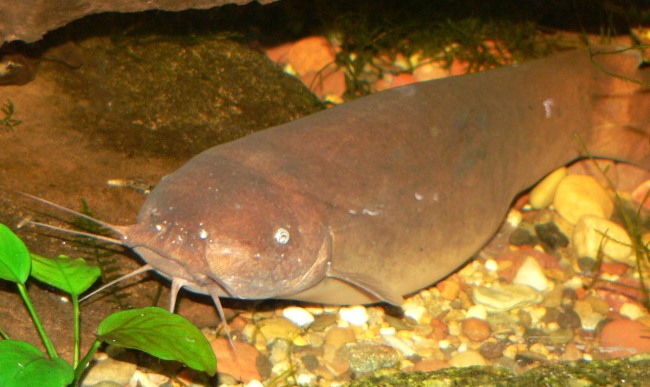NARMER/MENES
The Palette of Narmer



It basically relates the victory of Narmer from Thinis. Why is he called both Narmer and Menes? The name Narmer is potentially his real name while Menes is attributed to Manethon, a priest near 300BC of the ptolemaic period who wrote an account about the entire dynastic history of Egypt spanning for three millenia. He wrote Menes is the founder of the first dynasty of the unified Egypt. Following the findings of the Narmer Palette by two British archeologists, the interpretation of the palette left no doubt that dude holding the mace and a woe vanquished was the mythological Menes. Nevertheless, there was a hiccup. The front face of the palette (refer to the images) had hieroglyphic inscriptions near the second dude wearing another crown (which is still Narmer) that didn’t befit to Menes. Here is a zooming:

Reading downward (that’s the only way to read hieroglyphs vertically), there are two signs: something resembling a fish and another one resembling the extremity of a pen. In fact, it’s the « catfish » hieroglyph along the « drill/chisel » one.
Translitteration.
Narmer
Transcription in english.
Phonetically, it’s n’r(the catfish) + mr (the drill). Why the lack of vowels? Like most semitic languages (Sumerian, Babylonian, Hebrew, Arabic, etc.), there are none and one can easily see how semitic languages influenced each others.
Then, how to pronounce a purely consonant language? In fact, there were vowels, but only said orally. It’s per memory ancient Egyptians pronounced hieroglyphs like Arabs do the same while reading arabic. Consequently, like the real pronounciation of YHWH (Yahweh, the hebraic unique God), we cannot name the ancient egyptian words like the ancient did. For common use, it’s arbitrarily chosen.
So Narmer is Catfish King? In fact, the catfish the ancient Egyptians referred to is the nilotic Malapterurus Electricus.
In the end, Narmer meant figuratively « the mighty catfish that drills through the enemy like a bull ». Given the stunning ability of the ancient catfish, Egyptians likely did pay great respect to the wild animal and deified it. Plus, regarding the « bull » part, refer to double images explaining the Palette: you’ll see the Narmer-bull piercing its foes.
Finally, to add the final touch in this zoo of mighty animals, the mace Narmer is holding is called the Scorpion mace, another fearsome « animal » ancient paid respect to.
In a nutshell, Narmer, at the back of the Palette, destroys his enemy along Horus (the falcon holding a head) and he’s weating the Upper Egypt white crown called the Hedjet. At the front side, Narmer is now wearing the Lower Egypt red crown (called the Deshret, literally meaning « red) in front of his vanquished enemy, meaning he has dominated the Lower Egypt. Hence is born the Pschent, which is the royal crown worn by later pharaohs to represent their domination over the two Egypts.

Narmer was from Thinis ( ) and he was the warlord of this small settlement originally. Succeeding pharaohs of two first dynasties were then called the thinite pharaohs. The political strength of the very first dynasties was so powerful that « pharaohs » (which were called only « Majesty » at that time) were able to influence its own people to human mass sacrifices. Upon entering the Old Kingdom Era with the third dynasty, the pyramid of the « pharaoh » Djoser is considered one of the biggest and finest of Egypt all time.
) and he was the warlord of this small settlement originally. Succeeding pharaohs of two first dynasties were then called the thinite pharaohs. The political strength of the very first dynasties was so powerful that « pharaohs » (which were called only « Majesty » at that time) were able to influence its own people to human mass sacrifices. Upon entering the Old Kingdom Era with the third dynasty, the pyramid of the « pharaoh » Djoser is considered one of the biggest and finest of Egypt all time.


Narmer Palette Paper


